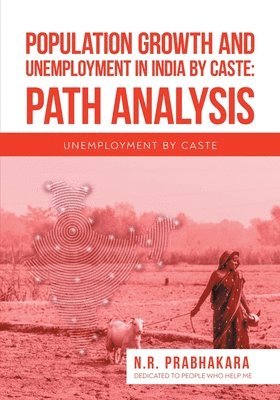Ny

Språk & ordböcker
Population Growth and Unemployment in India By Caste: Path Analysis: Unemployment by Caste: Path Analysis:
N R Prabhakara
Häftad
349:-
Uppskattad leveranstid 7-12 arbetsdagar
Fri frakt för medlemmar vid köp för minst 249:-
In India, the caste system has been a large part of society. In addition to secondary evidence based on recent literature analyzing the relevance and impact of the caste system on poverty, the problem of unemployment means the problem of providing work to those who are willing to work. There are a large number of people who are either partly employed or wholly unemployed. It is a well-known fact that India is a thickly populated country. In the mainstream of economic theory, unemployment and underemployment on a vast scale are regarded as a primary cause of poverty. In economic terminology, waste of labor is commonly discussed as 'unemployment' and 'underemployment'. Together the unemployed and under-employed are assumed to constitute a reservoir of untapped productive potential. This potential can be used to eliminate poverty. The supreme taste of planning is this to channelize the unemployed and under-employed into productive work, which in turn, helps to reduce poverty. The social system in India used to be a cause for increasing unemployment. The joint family system made it impossible for a large number of semi-educated young men to live on the common family income. Finally, the caste system, based on profession, created artificial barriers that prevented the easy transfer of the unemployed in one caste to seek opportunities in another. The caste system seems to have played a large part in creating poverty in India.
- Format: Häftad
- ISBN: 9798896410034
- Språk: Engelska
- Antal sidor: 204
- Utgivningsdatum: 2024-11-01
- Förlag: Quantum Discovery

